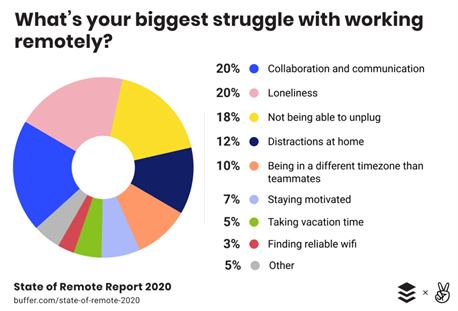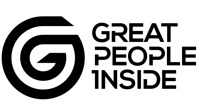Remote Work – What are seen effects of further shifts in this competitive market?
After two years of disruption further shifts in remote work and our lives have emerged. There’s been:
- the rise of individualism and independence bringing out new confidence to show up as themselves at work. (Fjord Trends 2022)
- hybrid employment arrangements placing more emphasis on staff being able to work remotely and maintain productivity and service delivery
- continued challenges to organisations due to Omicron leading to staff shortages resulting in increased costs of hiring more or temporary staff
- increased pressures on both existing and new staff in the present climate
Moving forward, employers need to relook at balancing the flexibility they offer to individuals with the needs of the team and the greater good of the organisation. (Fjord Trends 2022)
Obtaining the right information for remote hires
How can you increase your success rate and hire the right people the first time for roles in the current labour market? And what about remote work? How can you more easily identify those who will thrive and be productive in a work from home environment?
The traditional recruitment process leaves a lot up to chance. You’ll sift through a stack of resumes and cover letters trying to narrow down the people with the right experience and qualifications and get a sense of other relevant aspects.
You’ll then perform a round of interviews to gauge which candidate sounds and acts right for the role.
You might ask yourself:
- “does this person have the right skills to perform the job?..
- the right credentials?..
- enough experience?..
- will they fit in with the workplace culture?..
- can they bring anything to the table to benefit the business?”
While some of these questions can easily be answered with a CV and interview, others are trickier.
And let’s face it most employees, when asked if they would like to work from home, will answer ‘yes’. This is simply because they are only looking at the positive aspects of doing so.
But this is the homeworking equivalent of asking someone ‘How are you?’. And accepting the answer ‘Fine.’ As confirmation that all is well.
Some key questions are difficult to answer through the traditional hiring process such as:
- “Will this person be engaged in their work and great in this role?”
- “Is this person likely to be capable and productive in this remote work role?”
- “In the long term, will this person be able to handle hybrid working?”
Engagement is critical
Great managers and business owners know that higher employee engagement levels in the workplace translate to higher productivity and better company performance. So especially in this current environment, how can hiring managers improve the likelihood of selecting highly engaged remote work top performers?
It all starts with thinking about how potential employees will “fit”, rather than experience and qualifications. Or even age and gender. Studies have shown that ‘fit’ is what counts if you want a high performer.
‘Fit’ refers to how well a person is suited to their job role, the environment, and the workplace culture. Whether or not a person ‘fits’ in a particular position depends on a few factors, for example,
- their attitude,
- personality, and
- enthusiasm for the work at hand.
To find out which candidate is the right fit for the job and culture, hiring managers must check their biases at the door and use objective information to make their decision. Making this type of decision can be trickier than it sounds, but it is possible.
How does it work?
Hire someone who is objectively the right fit
Choosing the right person for a role can influence how long they stay in the job and how engaged they are with their role working remotely or onsite.
According to Gallup, employee engagement is defined as “the involvement and enthusiasm of employees in their work and workplace”.
According to studies they conducted, businesses are 21% more profitable with engaged employees; I am sure most CEO’s would take this profit increase as a Christmas present!
Instead of solely relying on opinions or a hunch, validated benchmarkable assessments provide you with tools using objective data to determine whether your candidate is right for the role. Recent shifts have meant employee preferences don’t necessarily match what’s best for a business.
Use your top performers as a benchmark for new talent
When a top performer walks out the door, it often feels like you’re back at square one; scrambling to build your team from the ground up again. But it doesn’t have to be this way. Companies, teams and hiring managers can make the process of replacing top performers easier while improving their hiring process each time.
Not all candidates are suited to homeworking
Buffer.com published an annual global survey on homeworking and discovered in 2020 (like in previous years) that the top 3 difficulties people experience with homeworking, worldwide, are not necessarily related to the pandemic and lockdown:
- collaboration and communication,
- loneliness, and
- not being able to unplug.
This survey suggests that many individuals will either need help to overcome these problems or even that remote work is not a long-term viable option for some people.

To learn more about the Great People Inside assessments specifically designed for work from home employees and teams contact us
